DR. SYN is the final British film and the last film made by Mr. A – we prefer to think of it as Mr. A’s most recent film. Indeed, it is among his best. The reviewer for the New York Times praised it by saying the he found it superior to the MGM blockbuster TREASURE ISLAND (1934), a film with a similar story involving smuggling in the late 18th century.

The chief thing your blogmeister noticed about this particular Arliss film is that Mr. A heads an ensemble cast rather than carrying the entire story on his back as he had with so many of his earlier films. He had little to say in his memoirs about making Dr. SYN other than noting that the story took place in his beloved Kent. He said it had no “plus value,” that is, an element that people would think about after the movie was over. Mr. A singled out for praise the director, Roy William Neill, who would later work in Hollywood directing a number of the Sherlock Holmes films starring Basil Rathbone and Nigel Bruce. Mr. A also praised producer Edward Black much more enthusiastically than the faint praise he gave Michael Balcon, the producer of his previous four UK films.

The London premiere of DR. SYN was graced by no less a person than Queen Mary herself. Margaret Lockwood recalled in her memoirs how nervous she was as she was waited for Her Royal Majesty with co-stars Mr. A and John Loder.

George Arliss made a grand total of eighteen sound feature films from 1929 to 1937, an enormous output (plus an elusive short UK film he made in 1931 where he recites Disraeli’s speeches), and another six silent films from 1921 to 1924. Whereas Mr. A’s hit plays ran between two and five years, his most successful films would run in movie theaters for only a week or two. Had Mr. A’s movies ran on the average as long as his plays before he appeared in a new one, it would have taken him over forty years to complete his eighteen films!



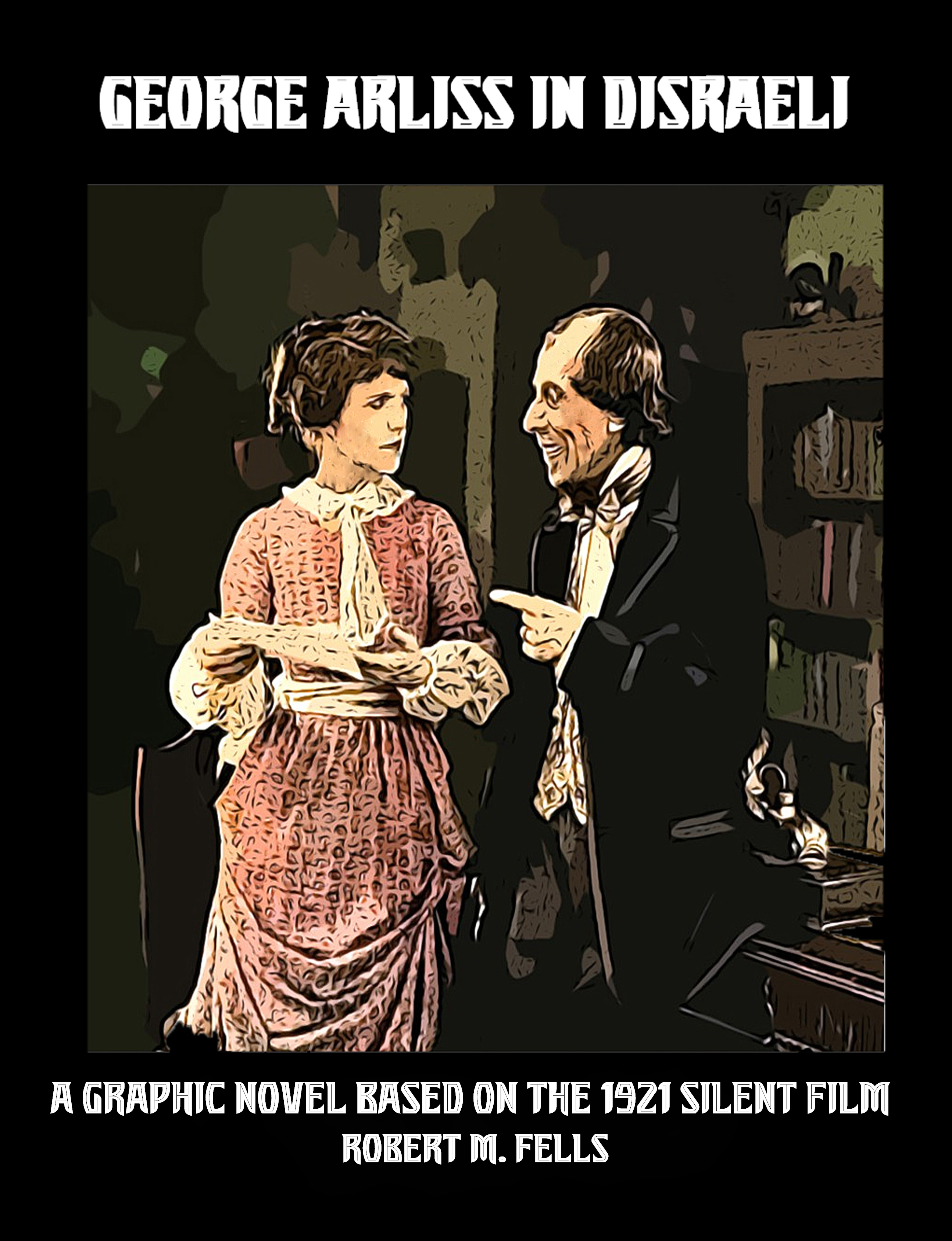
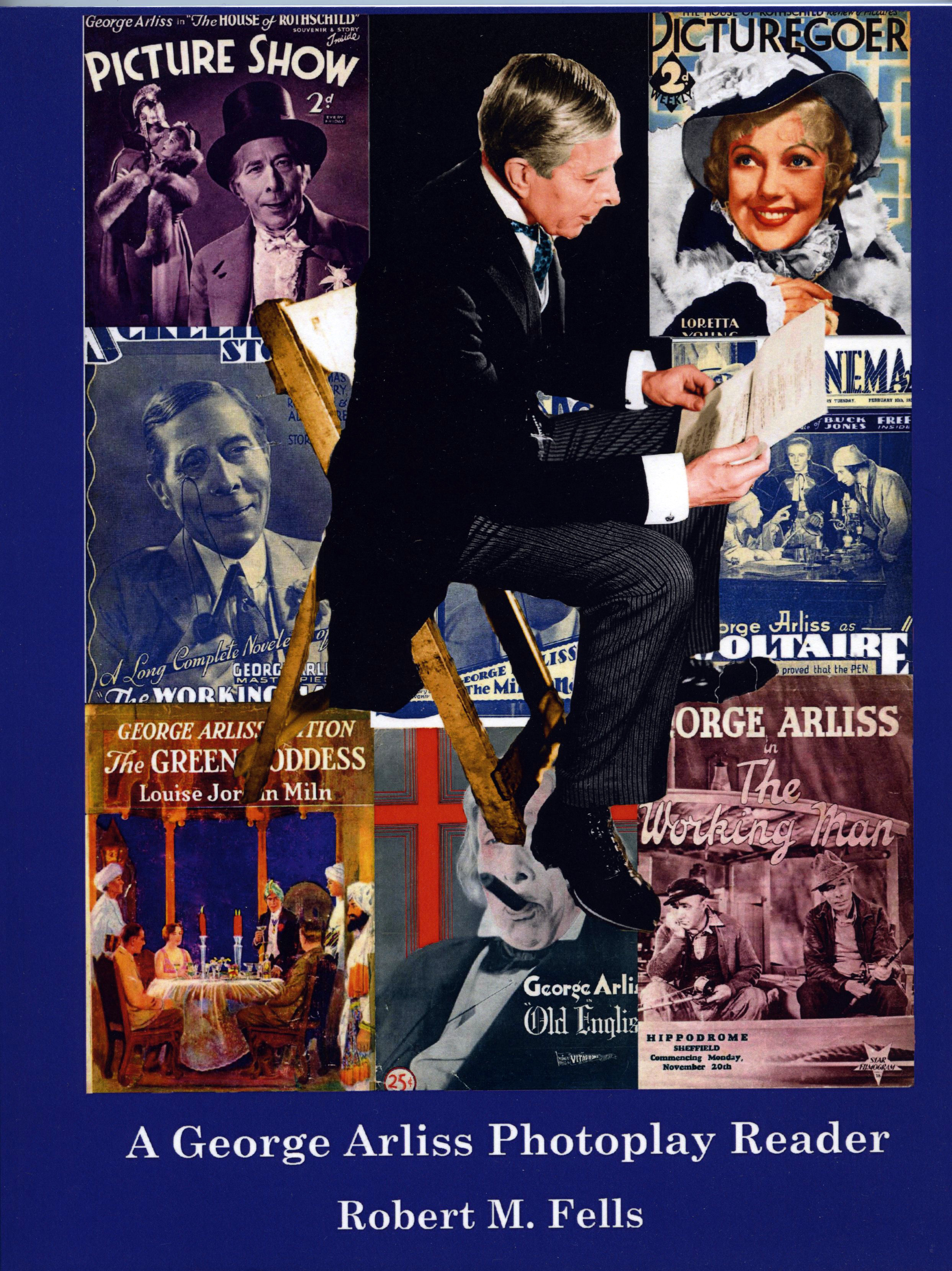

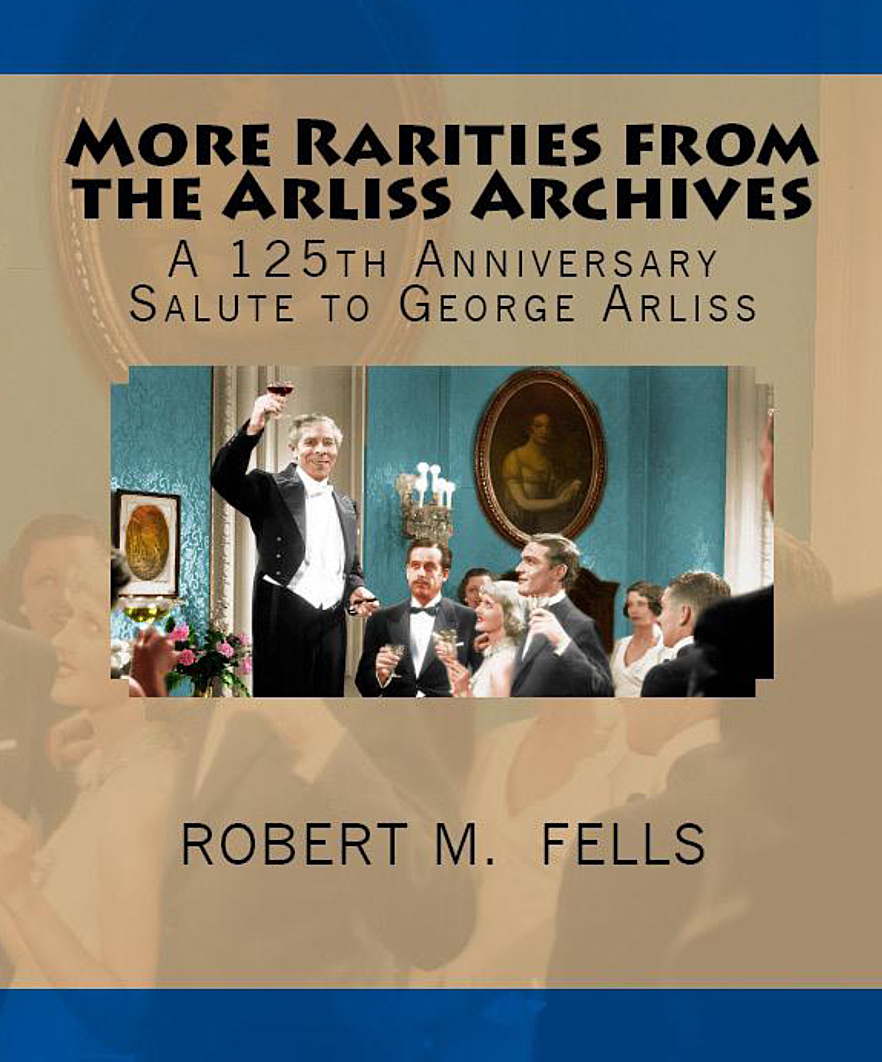
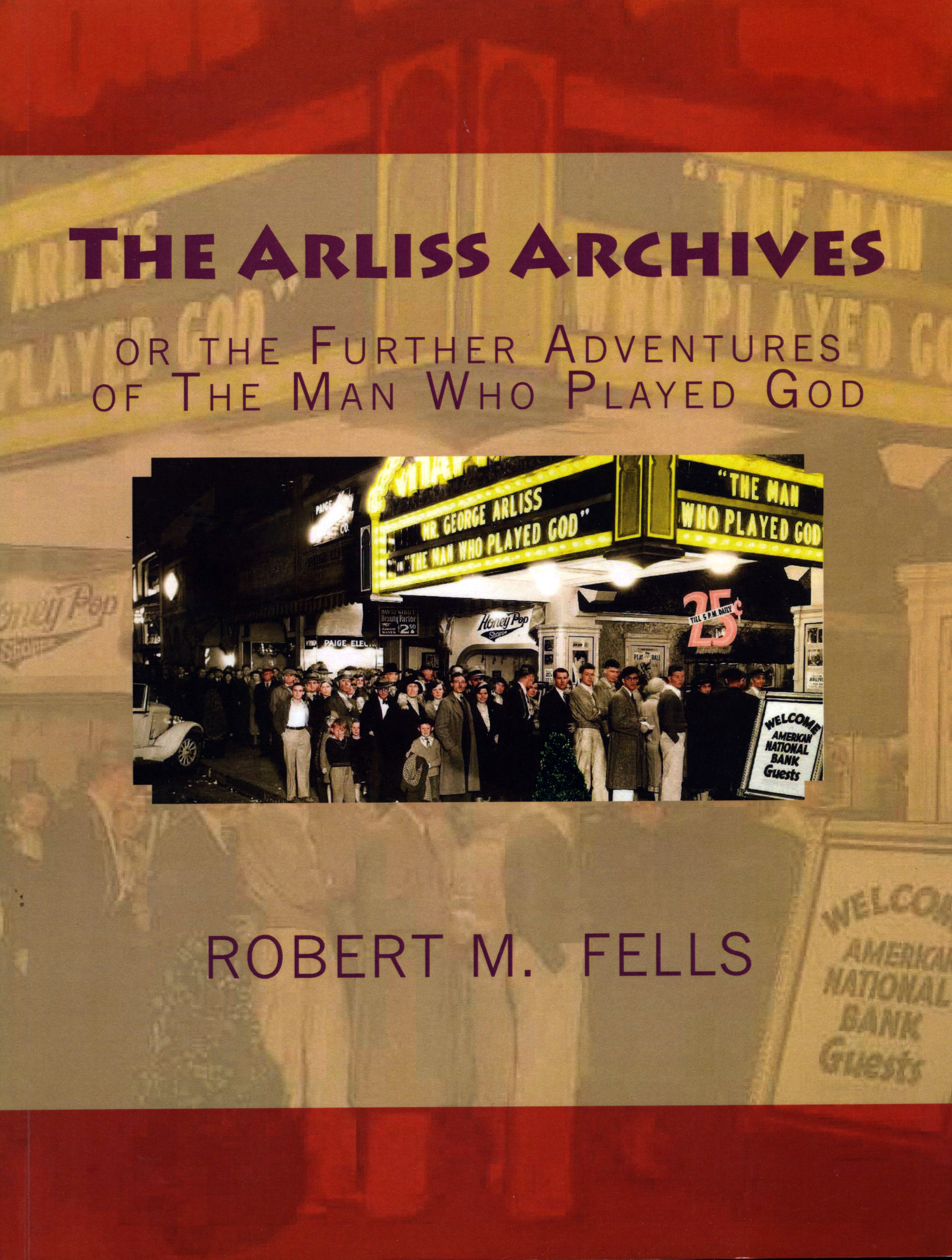
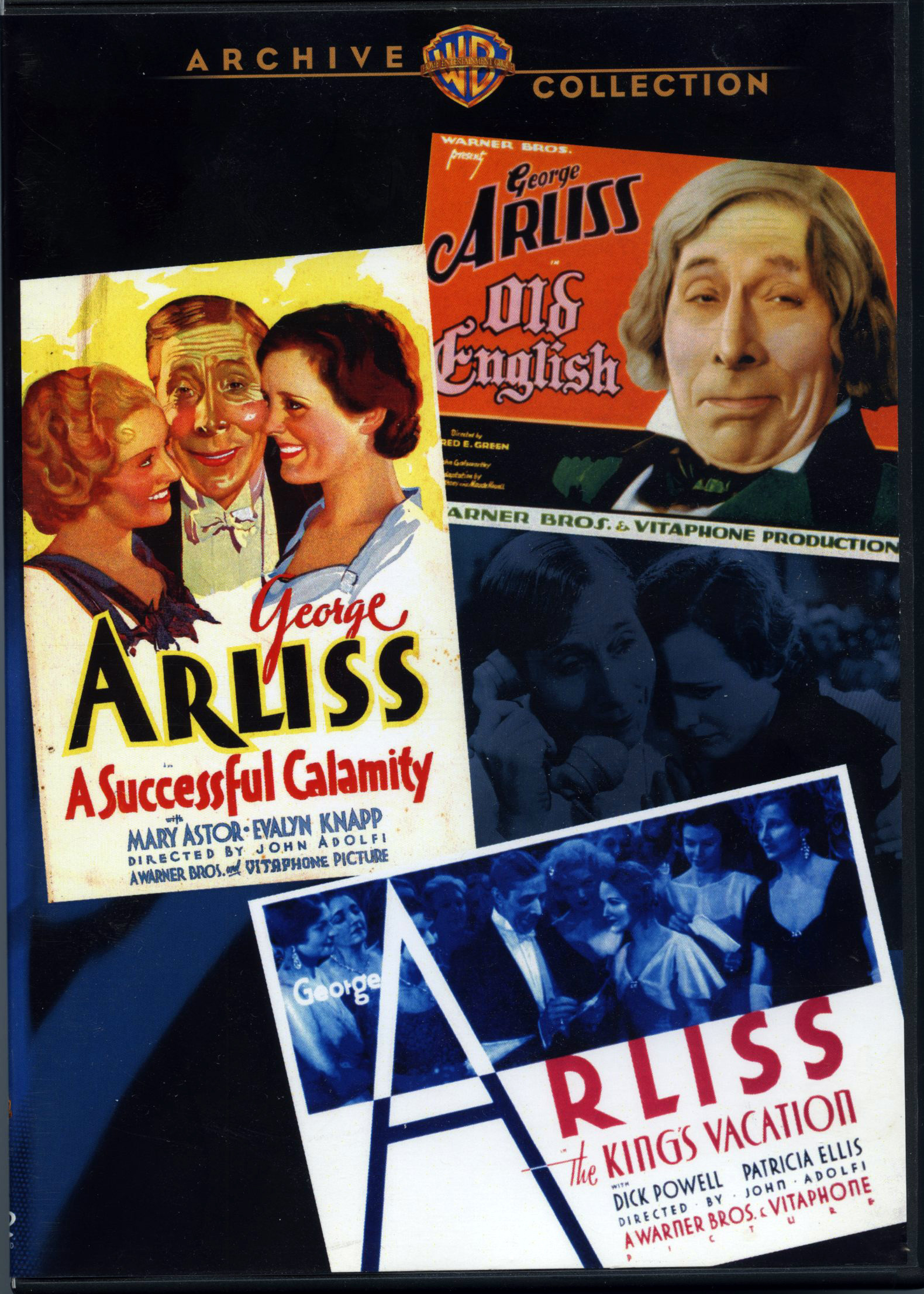




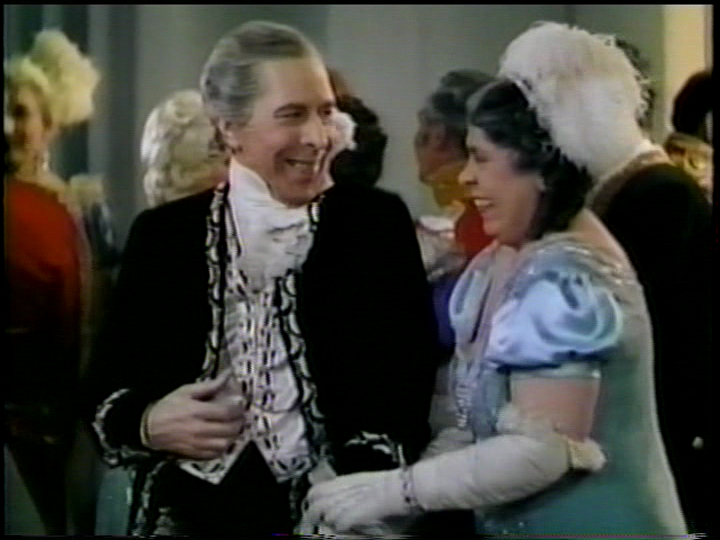

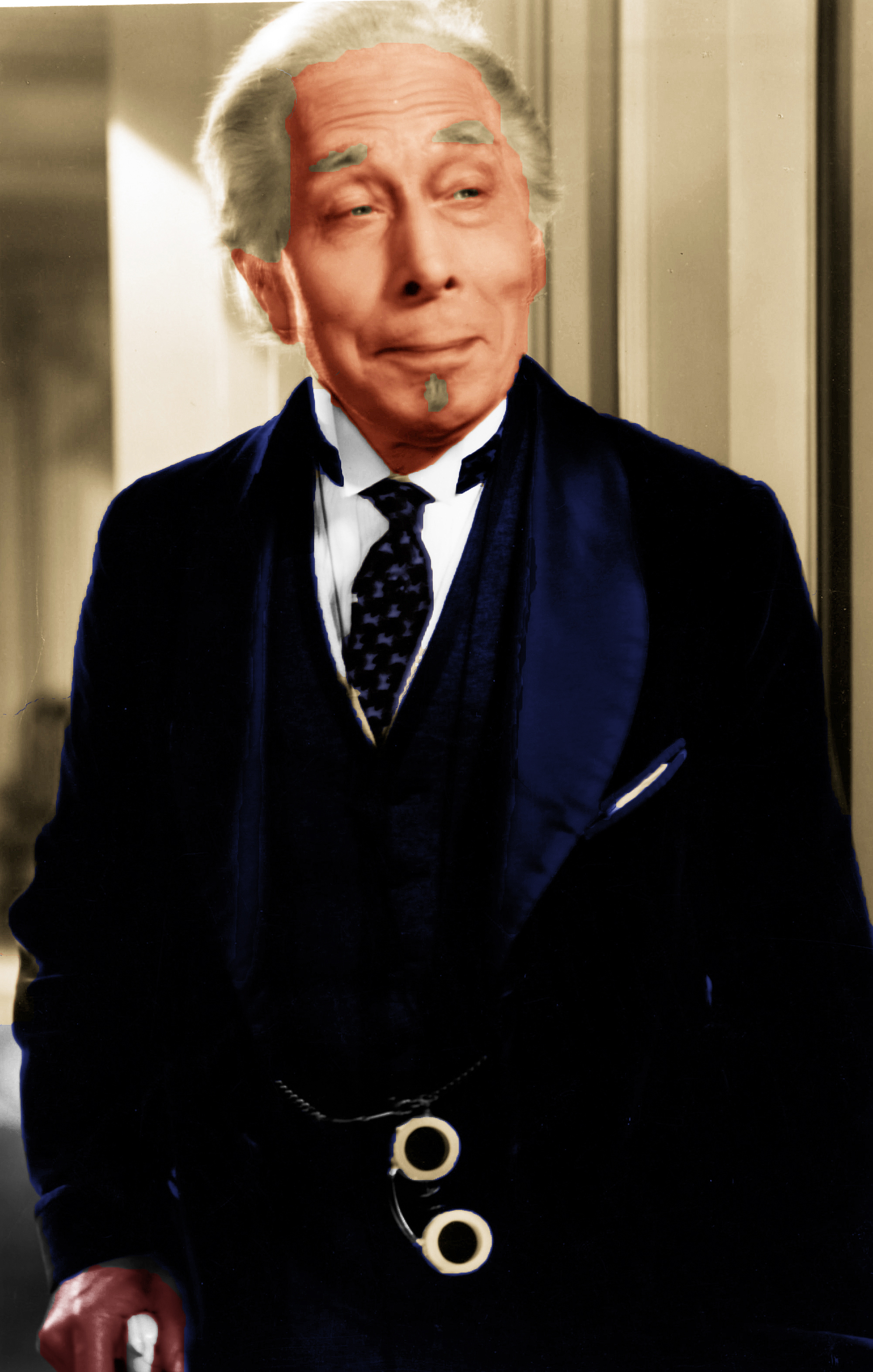
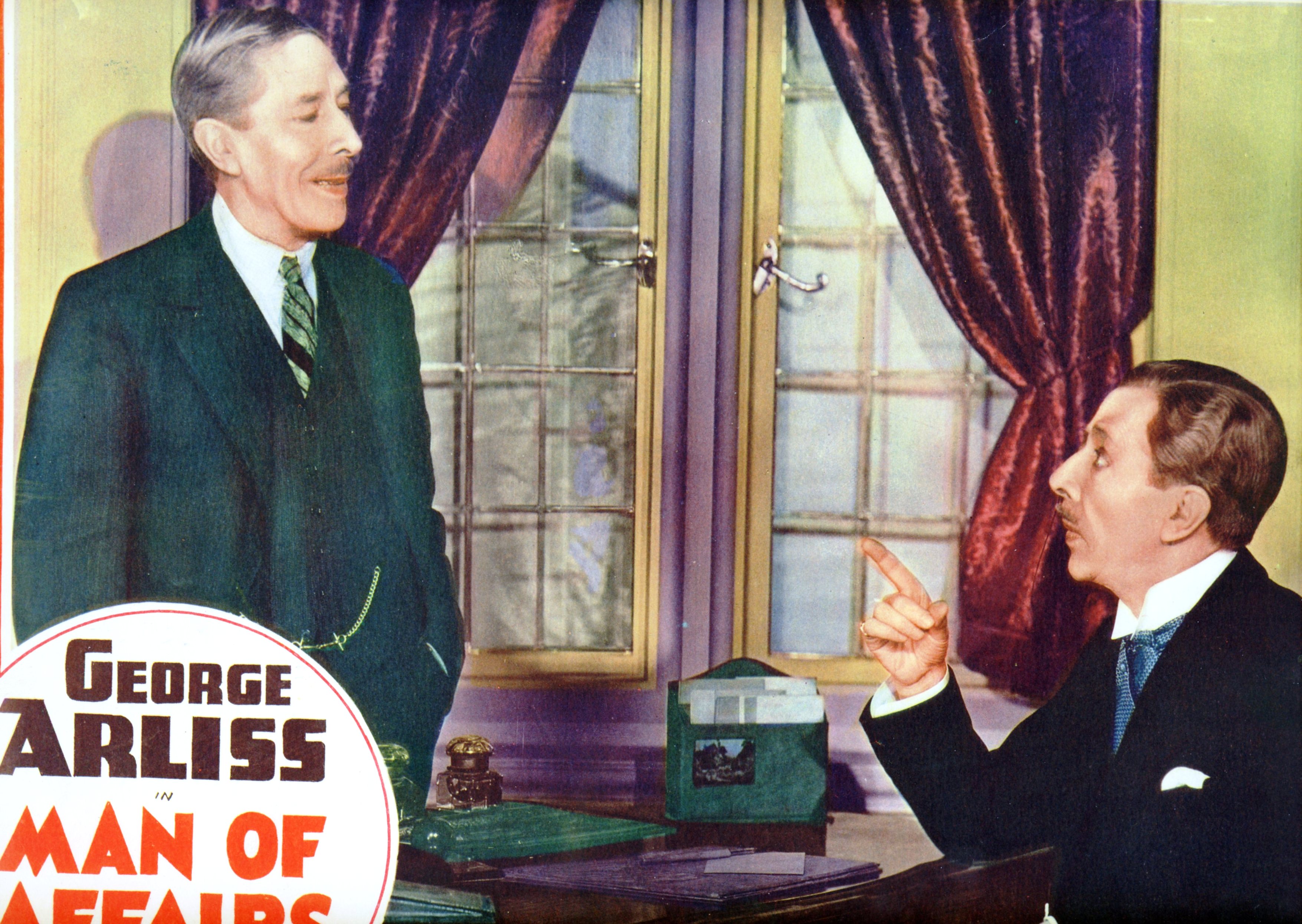

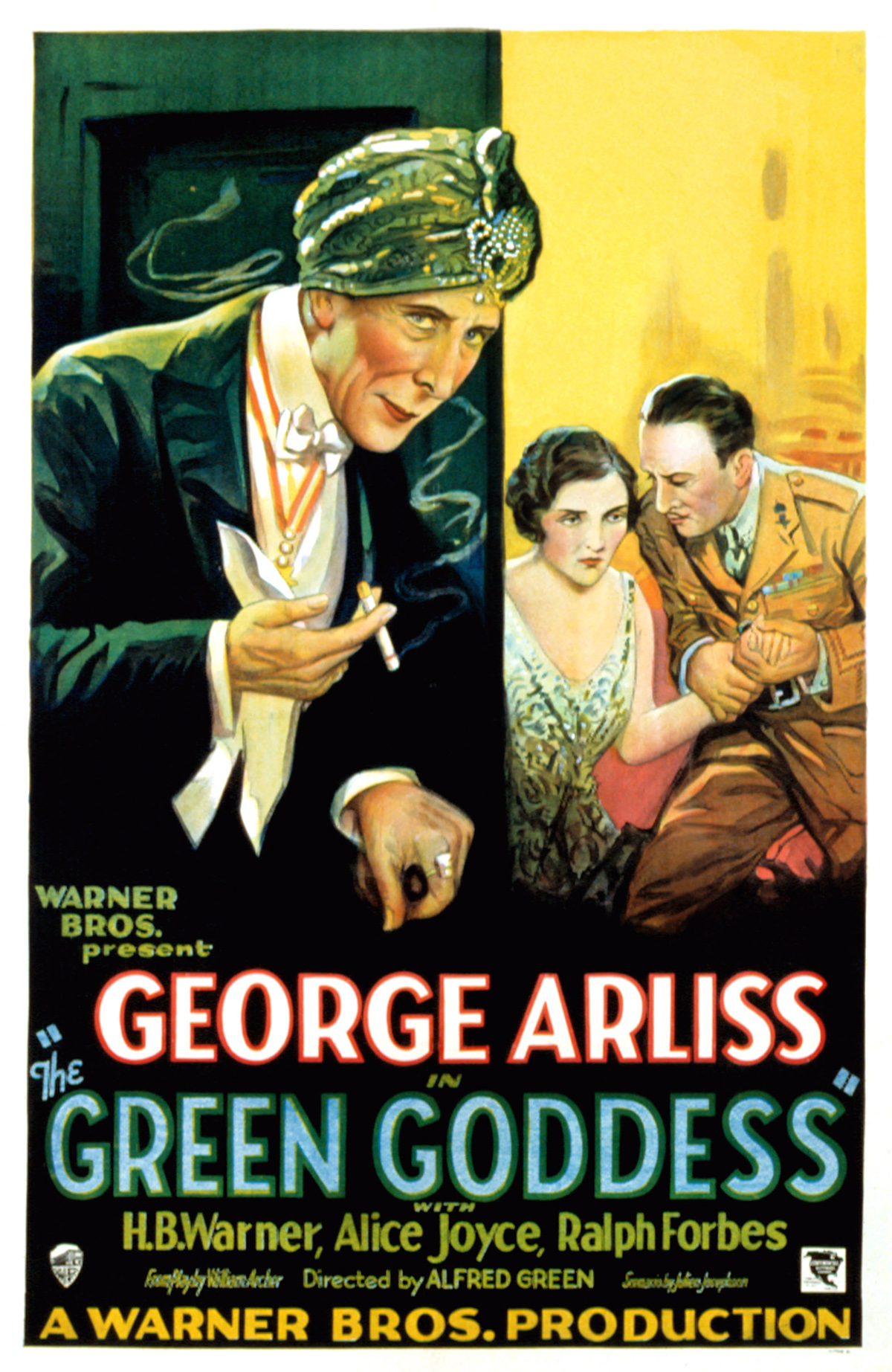
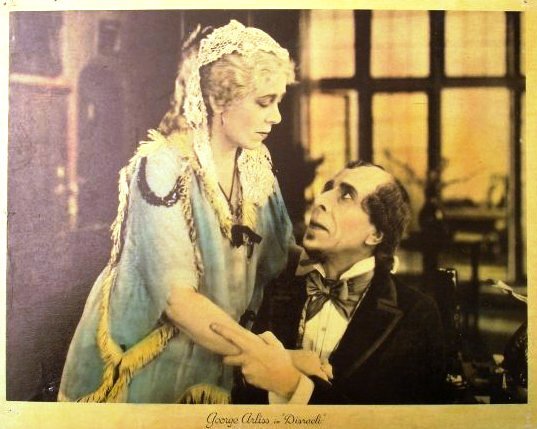

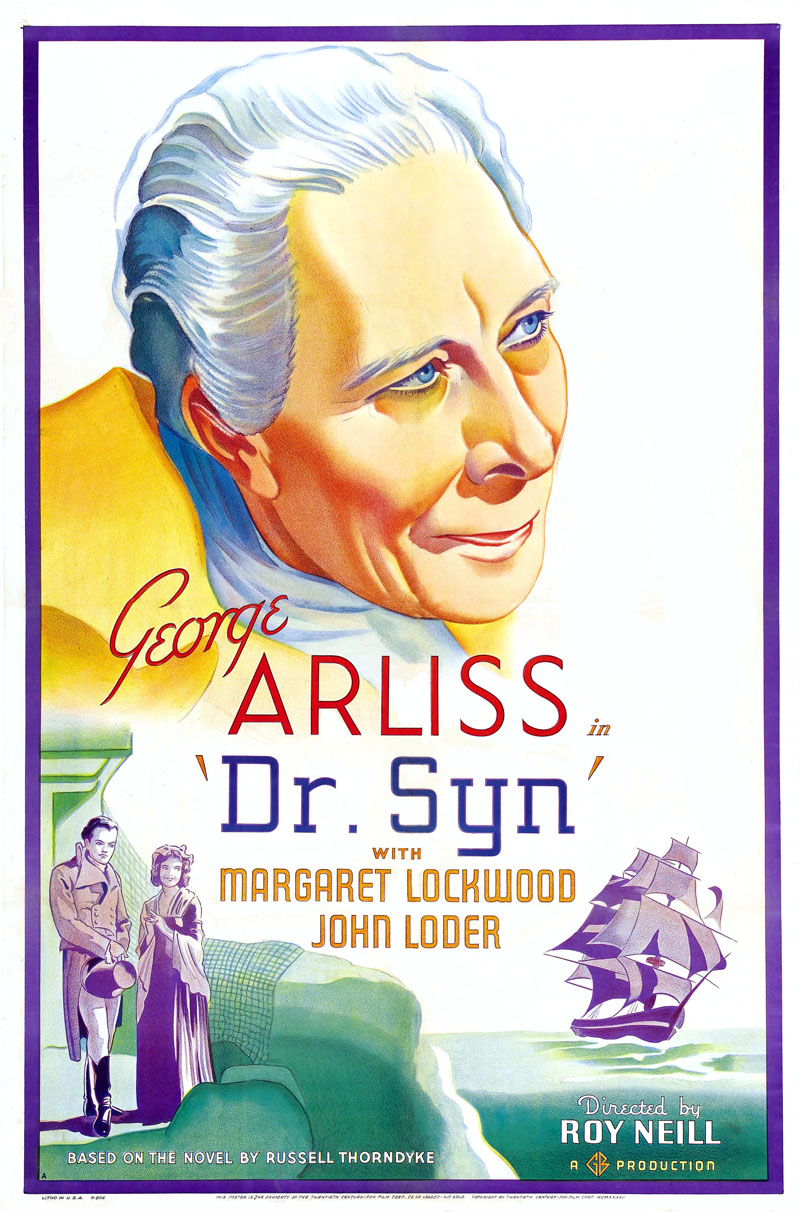
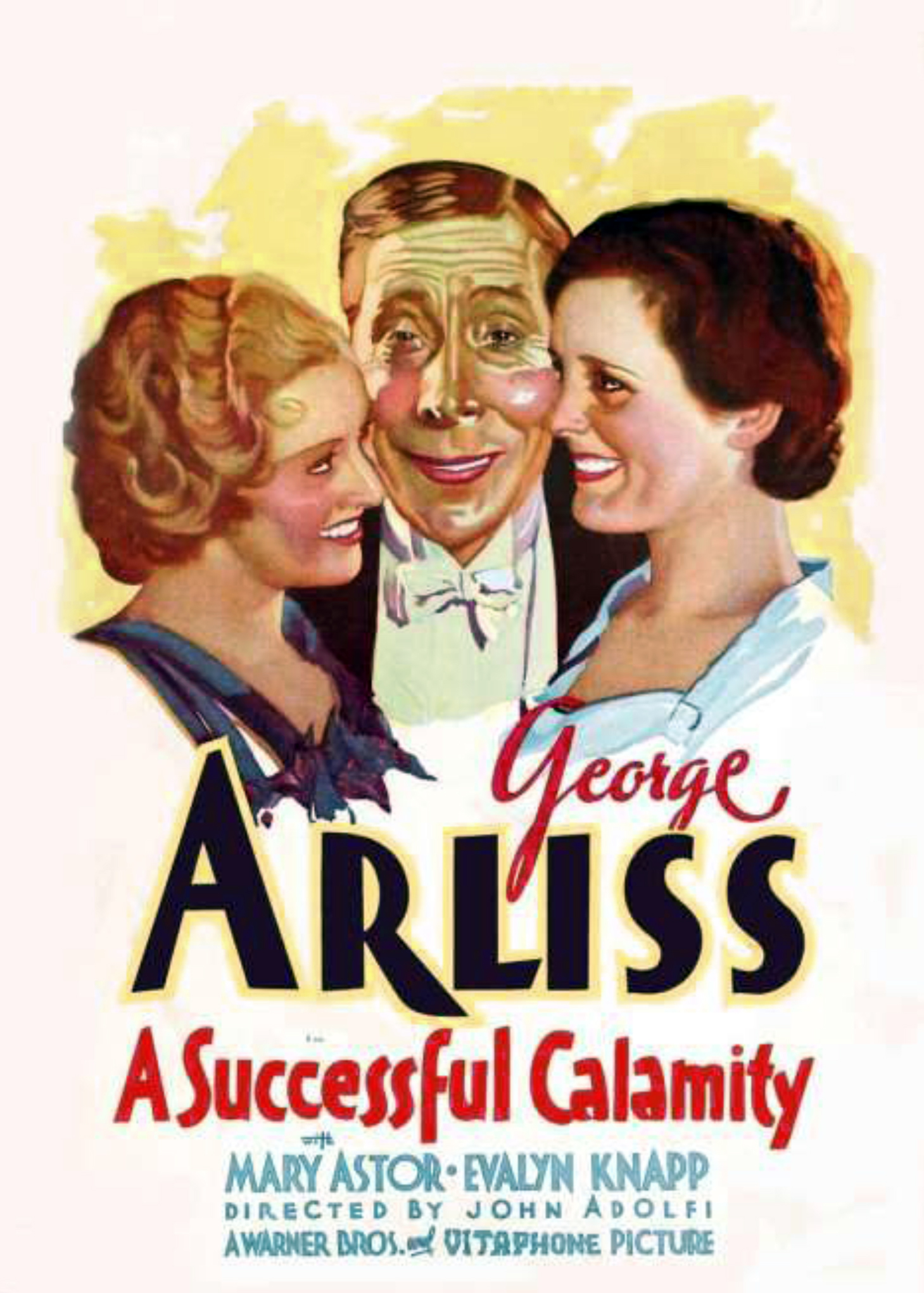









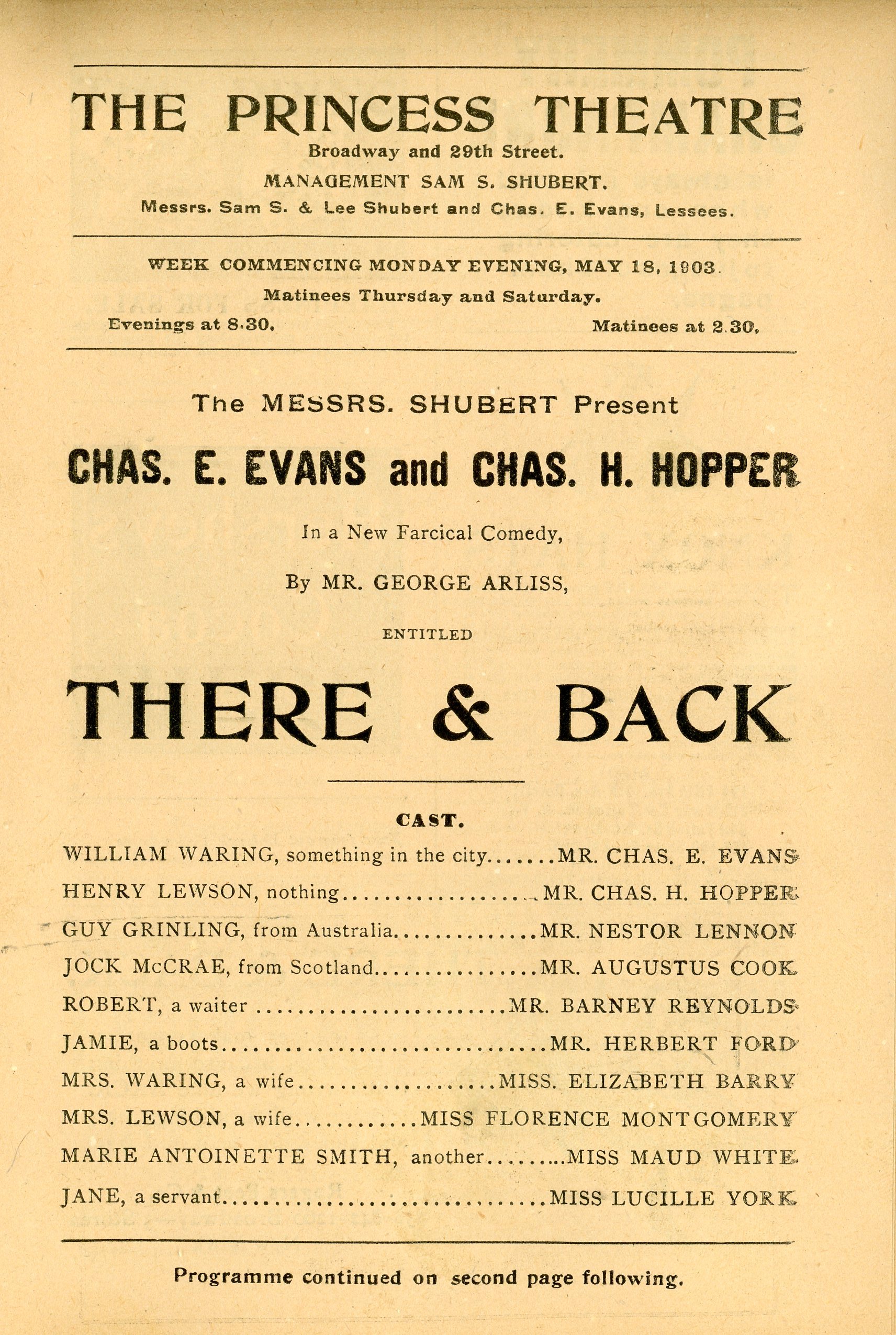

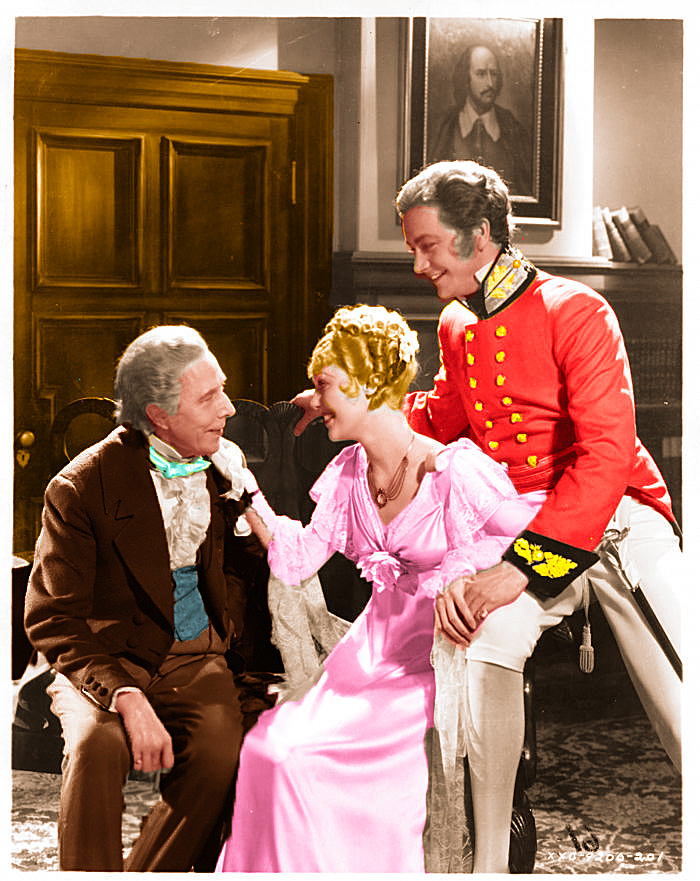
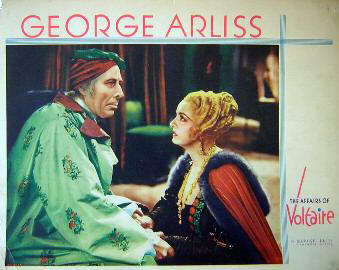
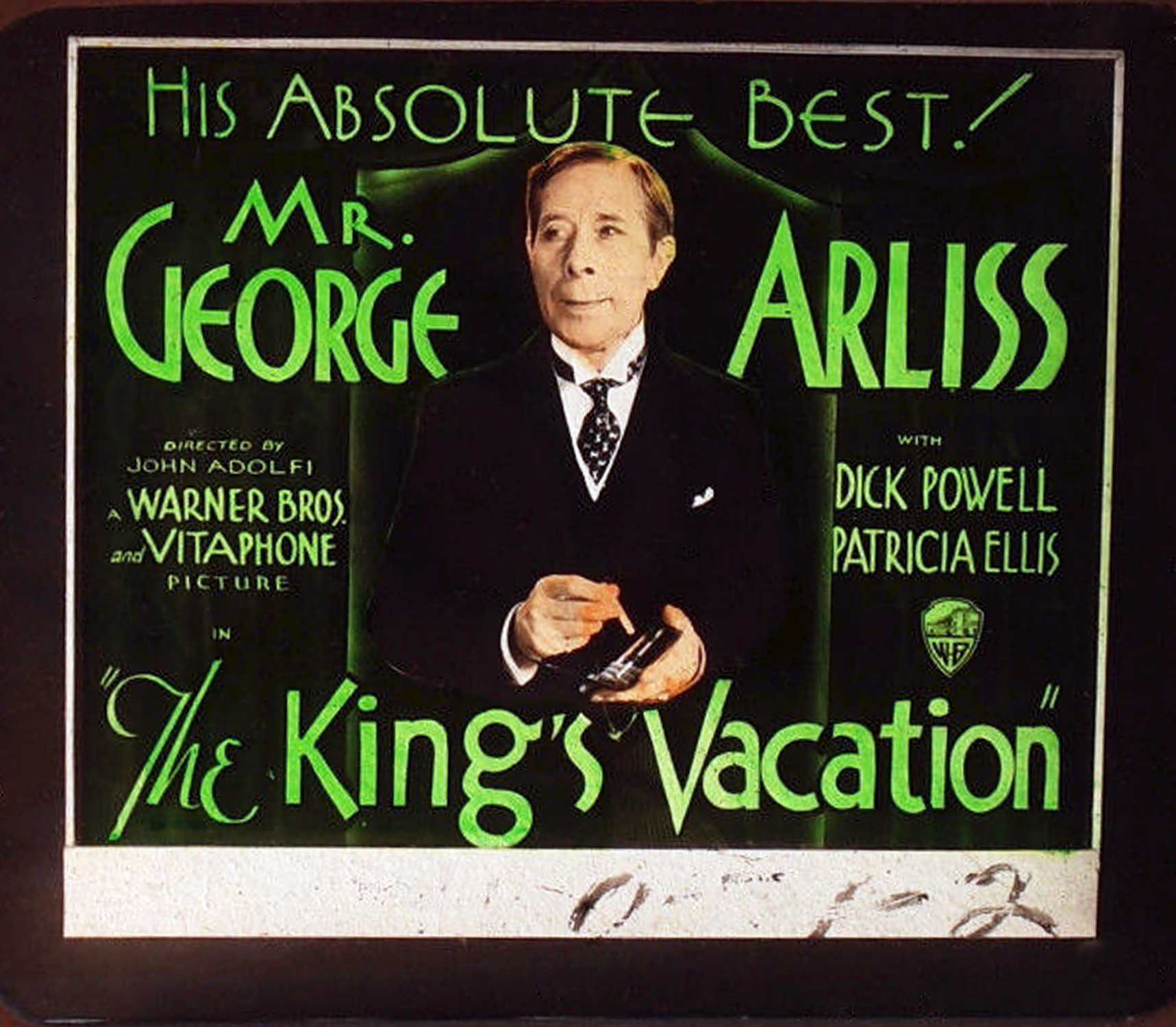

You must be logged in to post a comment.